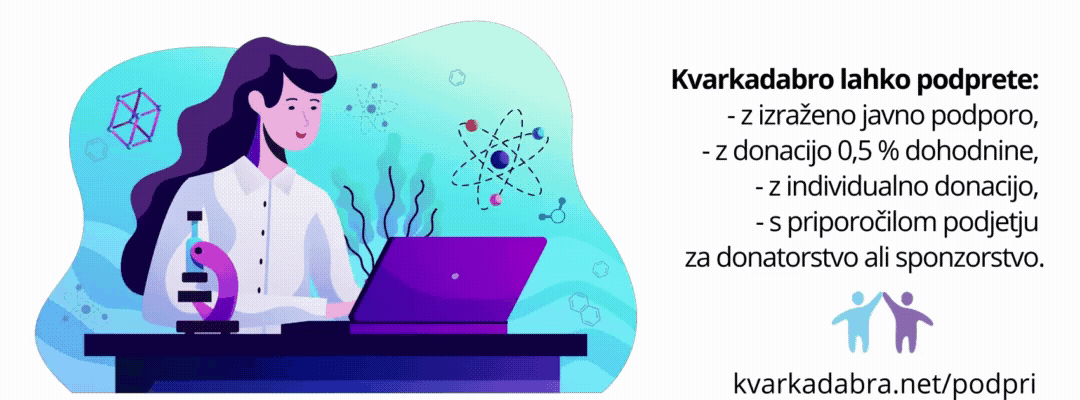V IEEE Annals of the History of Computing je Jonathan Koomey, profesor na Stanfordu, objavil naslednji zaključek: da se energijska učinkovitost izračunavanja podvoji približno vsako leto in pol. Ta trend velja kar za zadnjih 60 let. Kaj to pomeni na praktičnem primeru?
Imagine you’ve got a shiny computer that is identical to a Macbook Air, except that it has the energy efficiency of a machine from 20 years ago. That computer would use so much power that you’d get a mere 2.5 seconds of battery life out of the Air’s 50 watt-hour battery instead of the seven hours that the Air actually gets. That is to say, you’d need 10,000 Air batteries to run our hypothetical machine for seven hours. There’s no way you’d fit a beast like that into a slim mailing envelope.















Niti ni presenetljivo, vsaj glede na Mooreov zakon, da se gostota elektronskih vezjih prav tako podvoji na 18 mesecev. Kar pomeni, da je energija na ploskovno enoto (npr v W/mm2) časovna konstanta. Kar pa je tudi logično. Tudi danes čipi ne smejo laufati pri drastično višji temeperaturi kot v preteklosti.
Sem malce pobrskal na wikipediji. Moore-ov zakon pravi, da se gostota tranzistorjev na čipu podvoji vsaki dve leti:
"Moore slightly altered the formulation of the law over time, in retrospect bolstering the perceived accuracy of his law.[17] Most notably, in 1975, Moore altered his projection to a doubling every two years.[18] Despite popular misconception, he is adamant that he did not predict a doubling "every 18 months". However, David House, an Intel colleague, had factored in the increasing performance of transistors to conclude that integrated circuits would double in performance every 18 months."